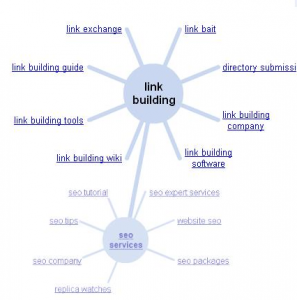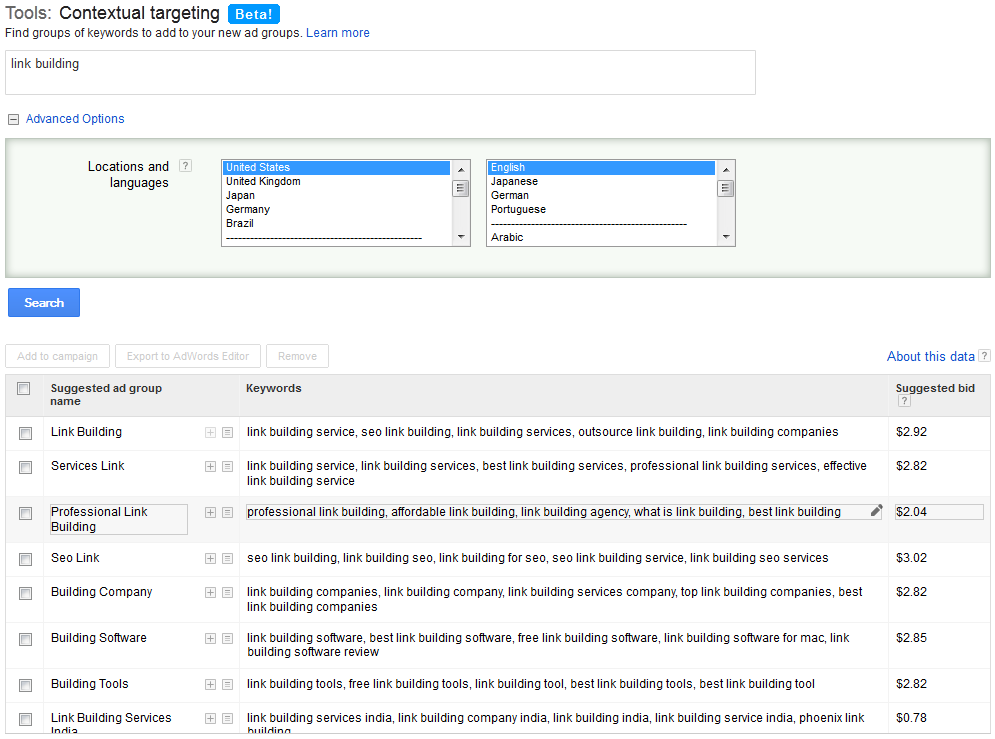Any online business that doesn’t monitor its competition is at risk of being left behind in the search rankings. It’s much easier to stay in the lead than it is to catch up to the leader, so your business strategy should include these two crucial elements:
[list type=”check4″]
- Maintain your lead for those search terms for which you dominate the rankings;
- Take the lead for those terms for which you don’t dominate.
[/list]
That may sound over-simplified, but in basic terms, that encompasses most online goals. After all, high rankings for popular search terms is a critical part of bringing customers to your site. What I’m going to address here is how to identify new search terms for which you don’t dominate in the SERPs, as these can sometimes present golden opportunities.
Finding New Search Terms
You should already have a good idea of what search terms are most used by searchers for your company’s products. But different users search with different terms and what we’re looking for today is new opportunities.
Google analytics can provide you a great deal of information on what terms your visitors used to arrive on your site, but there are other methods to identify additional terms, as well. I like using the various tools in Adwords, but I think my all-time favorite was Wonder Wheel. I was very sorry to see Google discontinue that tool. It provided a nice visual representation.

But as you can see, it still provides you with plenty of other related keywords. It also allows you to set the country and language, which is critical for you to determine what terms will be the most effective in your region.
Who’s Ranking?
Once you’ve identified the new terms to investigate, the next step is to see who’s ranking for them in your market. Logged out or Incognito, do a Google search for each term in your market area and record which competitors are outranking you. When you’ve completed that, you’re ready to decide which ones to go after.
In the above example, if you see nobody in your region ranking for professional link building services or effective link building service, you’ll probably decide that those are the first new opportunities you want to go after, as they’re long-tail and present no real competition to you right now.
You’re hopefully already concentrating on improving your ranking for keywords for which you’re being outranked, but kicking it up a notch is never a bad idea. The new long-tails you’re going after may show faster results, but you can’t afford to relax your efforts on good short-tail terms – a win there is like money in the bank.
Monitor your Competition
Part of any SEO campaign should be monitoring your competitors’ actions. One way I like to do this is with Google Alerts. I set an alert for the new long-tail terms I’m going after, and I’ll get an email every time Google detects a mention of that term. Depending upon the terms, you may see a lot of incoming emails, but the time required to quickly determine if it’s in your region or coming from one of your competitors is a valuable investment.
There are several tools and services available that can help you keep a finger on the pulse of your market by tracking your rankings and those of your competitors. But learning to do it manually at first will give you a better understanding of the process, so that you can evaluate the effectiveness and reliability of those tools.
When was the last time you looked for new opportunities to dominate for some solid search terms? Isn’t it about time to do it again?




